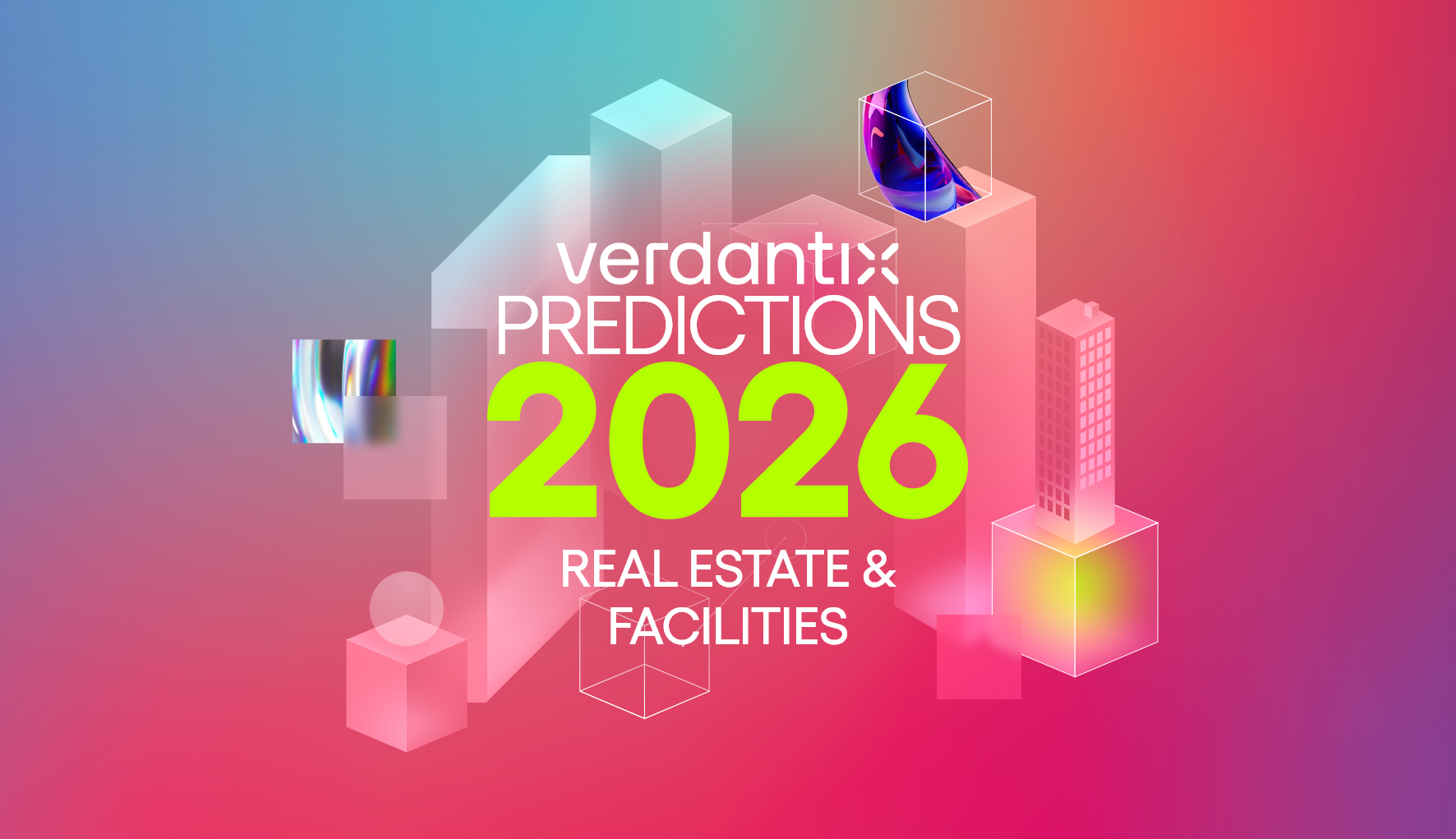ESG: The Bonding Agent That Brings Asset Managers And Corporate Occupiers Together?
Despite different – and often competing – priorities, ESG and sustainability initiatives are becoming increasingly important for both real estate asset managers and corporate occupiers in North America. In the Verdantix North America asset managers survey, ESG reporting compliance was a high or the highest priority for 98% of respondents. Similarly, in the Verdantix global corporate survey, 53% of the North American executives surveyed said that responding to sustainability-related regulations was a high priority. In this blog, we will dive into the initiatives recommended by asset managers compared to those being undertaken by real estate executives in a variety of corporate settings
The two groups’ conflicting interests stem from basic KPIs. Asset managers look after the whole building and are primarily concerned with its financial performance, while corporate occupiers are typically tasked with maintaining user satisfaction and ensuring that the core business can function efficiently.
Over two-thirds of asset managers (67%) are already recommending tracking the ESG performance of real estate portfolios and 74% recommend using sustainability disclosure frameworks. At the same time, 96% of corporate organizations say they will be collecting and reporting sustainability data over the next year. As existing lease agreements are a commonly cited barrier to collecting this data, 64% of asset managers are recommending leases with shared data clauses.
Alongside stepping up reporting, both groups are focusing on decarbonizing real estate portfolios. Asset managers are recommending initiatives for installing decentralized energy (68%), investing in on-site energy and renewable storage (63%), and investing in integrated smart building solutions (53%). Corporate decision-makers are undertaking various decarbonization projects that follow such recommendations – 96% are implementing BMS and controls projects, 80% are procuring low carbon electricity and 63% are investing in on-site battery storage.
However, there are also areas where the two groups differ – the most notable being green leases. Only 4% of executives place a high priority on negotiating green leases over the next year, compared with 11% of asset managers already recommending them and 61% incorporating them in the next six months. Over three-quarters of asset managers (87%) recommend certifying buildings to green and wellness standards, but just 30% of executives place a high priority on obtaining certifications.
The differences and similarities across the initiatives actioned can be attributed to the final decision-making processes. Although asset managers provide overall recommendations, corporate executives and facilities managers (FMs) are more familiar with day-to-day operations. However, lack of clear communication between the two groups may result in missing opportunities – especially where both have clear mandates to hit ESG targets. To avoid missing such opportunities, on-site FMs with a deep understanding of the state of buildings should proactively implement improvements that impact energy management and other ESG metrics.
About The Author

Joy Trinquet
Senior Analyst





